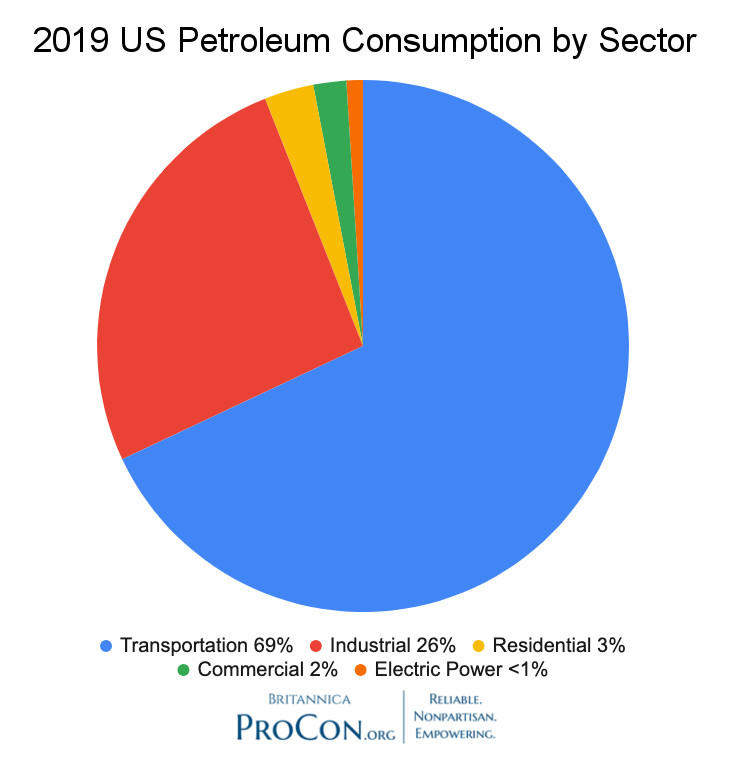The climate change/global warming mafia are reveling in the situation that exists today. Led by our President. He canceled the building of a pipeline from Canada and has made future drilling for oil almost impossible because of his executive actions and the regulations imposed on any drilling. Pupin conveniently started a war in Ukraine which severely impacted the world oil supply, because Russia was a big oil and gas exporter. His actions along with the war in Ukraine have induced a shortage of oil and resulted in a dramatic increase in the price and the corresponding increase in the price of gasoline. And, there is no plan to change his policies to increase the supply of American oil now, in the near or far future. Canada is a big supplier of oil, but Biden has made no effort to increase the flow of that oil into the United States.
One of their aims is to get you to park that gas burning car and truck; that has become very expensive to drive, and to switch the nation and world into electric vehicles among other things.
If they can drive the price of oil, natural gas and coal high enough, they think, the industry will be weaned off fossil fuels and turn to other forms of clean and renewable energy sources. They seem to be winning that battle. Have you noticed? Almost all of the car manufacturers are now producing electric cars and almost all the commercials on TV are promoting those cars.
They will have come a long way if they can get Americans to switch from oil to clean energy, like electrics, or perhaps hydrogen if that ever comes to fruition. More that half of all oil burned in the United States are consumed by the cars, trucks, trains and planes.

If they can get at the inroads into the industrial sector to also switch they will have achieved a large step in their goals.
But, oil is not only one of the fossil fuels that have their shorts in a bind.
Coal is a big problem for the Green New people. You can see why. It is the dirtiest of the fossil fuels. Almost all of it goes to producing electricity. But, for the Greens the trend is going in the right direction, just not fast enough. The switch from coal to natural gas is accelerating.
In 2020, about 477 million short tons (MMst) of coal were consumed in the United States. On an energy content basis, this amount was equal to about 9.2 quadrillion British thermal units (Btu) and to about 10% of total U.S. energy consumption. This was the lowest amount and the lowest percentage share of total U.S. annual energy consumption since at least 1949. Although coal use was once common in the industrial, transportation, residential, and commercial sectors, today the main use of coal in the United States is to generate electricity. The electric power sector has accounted for the majority of U.S. coal consumption since 1961.
U.S. coal consumption by consuming sector by amount and percentage share of total coal consumption in 2020 was:1
- Electric power—436.5 MMst—91.5%
- Industrial total—40.0 MMst—8.4%
- Industrial coke plants—14.4 MMst—3.0%
- Industrial combined heat and power—9.9 MMst—2.1%
- Other industrial—15.7 MMst—3.3%
- Commercial—0.8 MMst—0.2%
- Residential and transportation—not available 2
On an energy content basis, U.S. coal consumption peaked in 2005, but the total annual tonnage of U.S. coal consumption peaked in 2007. Coal consumption declined in most years since then, mainly because of a decline in the use of coal for electricity generation.
U.S. coal consumption by major end users, 1950-2020
The irony is that the predominant use of goal is to produce electricity to power those electric cars and trucks.
A look at the use of natural gas reveals its usage.
The United States used about 30.5 trillion cubic feet (Tcf) of natural gas in 2020, the equivalent of about 31.5 quadrillion British thermal units (Btu) and 34% of U.S. total energy consumption.
- Natural gas use by U.S. consuming sectors by amount and percentage share of total U.S. natural gas consumption in 2020 was:1
- electric power11.62 Tcf 38%
- industrial10.09 Tcf 33%
- residential4.65 Tcf1 5%
- commercial3.15 Tcf 10%
- transportation08 Tcf 3%
- The five largest natural gas-consuming states and their percentage shares of total U.S. natural gas consumption in 2020 were:3
- Texas 15.2%
- California 6.8%
- Louisiana 6.0%
- Pennsylvania 5.6%
- Florida 5.2%
1 Source: U.S. Energy Information Administration, Monthly Energy Review, Table 4.3, April 2021, preliminary data. Sum of shares may not equal 100% because of independent rounding.
2 Total energy consumption is primary energy
consumption in the end‐use sectors, plus electricity retail sales to the
sectors and electrical system energy losses. Also includes other energy losses throughout the energy system.
3 Source: U.S. Energy Information Administration, Natural Gas Annual, September 2021
Where does all this natural gas go?

.png)
No comments:
Post a Comment